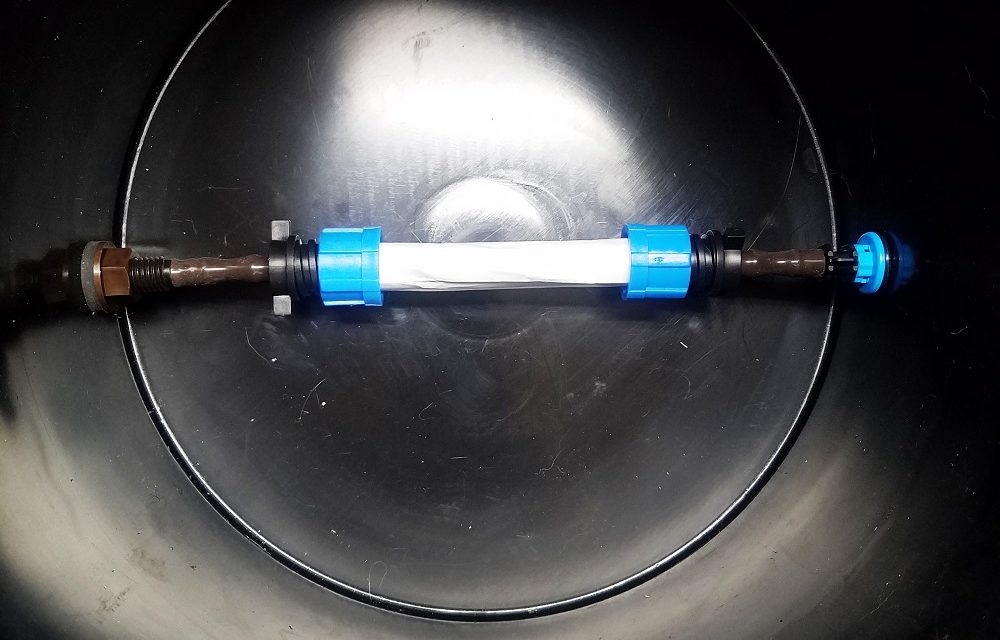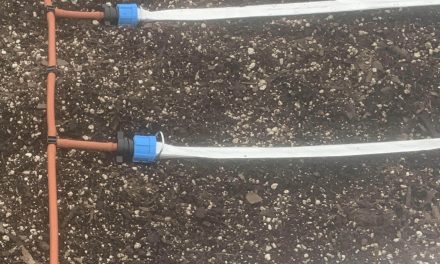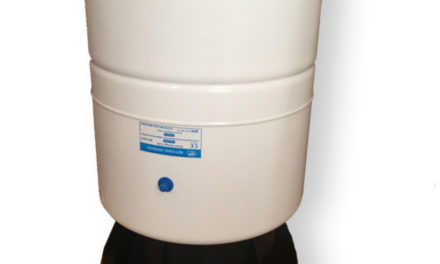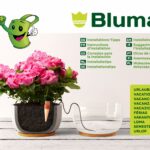Whether using airstones or Sustainable Village’s more advanced BluSoak compost tea bubbler, the practice of aerating a reservoir is common among home growers.
This brief article will detail the advantages and disadvantages of this practice, especially in regards to a Blumat Watering System.
Advantages
Aeration of water can help to rid tap or other water of chlorine and chloramine molecules, which can kill or otherwise detrimentally effect biology in living-soil systems. Even in salt-based gardens, these molecules are less than desirable in finished product, whether it is food or medicine.
Putting airstones or BluSoak bubblers in your reservoir will also keep the water moving, minimizing the possibility of the water or nutrient solution becoming more densely concentrated on the bottom of the reservoir. The movement helps to homogenize the mixture in the reservoir.
Keeping water aerated also increases oxygen content, which will discourage pathogenic anaerobic microorganisms from getting a foothold, and will encourage beneficial, aerobic organisms.
Key Advantages
- Oxygen and gases can bind to chlorine and chloramines present in tap water, and rid your water of them before it gets to your soil, plants, and/or microorganisms
- Moving water helps to homogenize nutrient solution and discourage ppm/pH gradients in your reservoir
- Increased oxygen content in the water encourages aerobic organisms and discourages pathogenic anaerobic organisms
Disadvantages (Blumat-Specific)
While there are no disadvantages to aerating a reservoir that come to my own mind, generally speaking, there are some reasons to avoid aeration of a reservoir in a Blumat system.
By aerating the reservoir, the gardener is actively saturating the water or nutrient solution with oxygen and other dissolved gases. As this water or solution sits in a reservoir or water supply tubing, these dissolved gases and oxygen will accumulate and form bubbles. Anyone who has set a glass of tap water out overnight will come back to a glass of water with bubbles in it–this is the same process!
These bubbles can eventually be big enough that they clog tubing, or otherwise cause pressure differences and gradients in your blumat system. Blumat sensors do not like air bubbles, either in the valve or in the water supply tubing! They are the primary cause of runaways.
Having higher risk of these bubbles is by no means a “severe” disadvantage–the best way to remedy this problem is by having a purge valve incorporated into the system design (all SV designs feature at least one). These purge valves can be opened to purge the system of air/debris. It is recommended to purge gravity-fed systems about once every 2 weeks, and pressurized systems once a month or so. If the reservoir is aerated, I’d suggest cutting these times in half (purge a gravity feed about once a week, pressurized system once every other week).
Key Disadvantages
- Higher oxygen/gas content in water means a higher liklihood of air bubbles occuring and causing problems with the system. To avoid this, use a purge valve to get rid of accumulated gases in your system (roughly once per week in gravity feeds, once every two weeks in pressurized feeds, or more as needed)
Recommended Resources
- Blumat Tips/Tricks (Addresses gases in the Blumat valve and/or supply tubing)
- How to Configure a Gravity Feed (Detailed purge valve design)
- How to Configure a Pressurized Feed (Detailed purge valve design)





